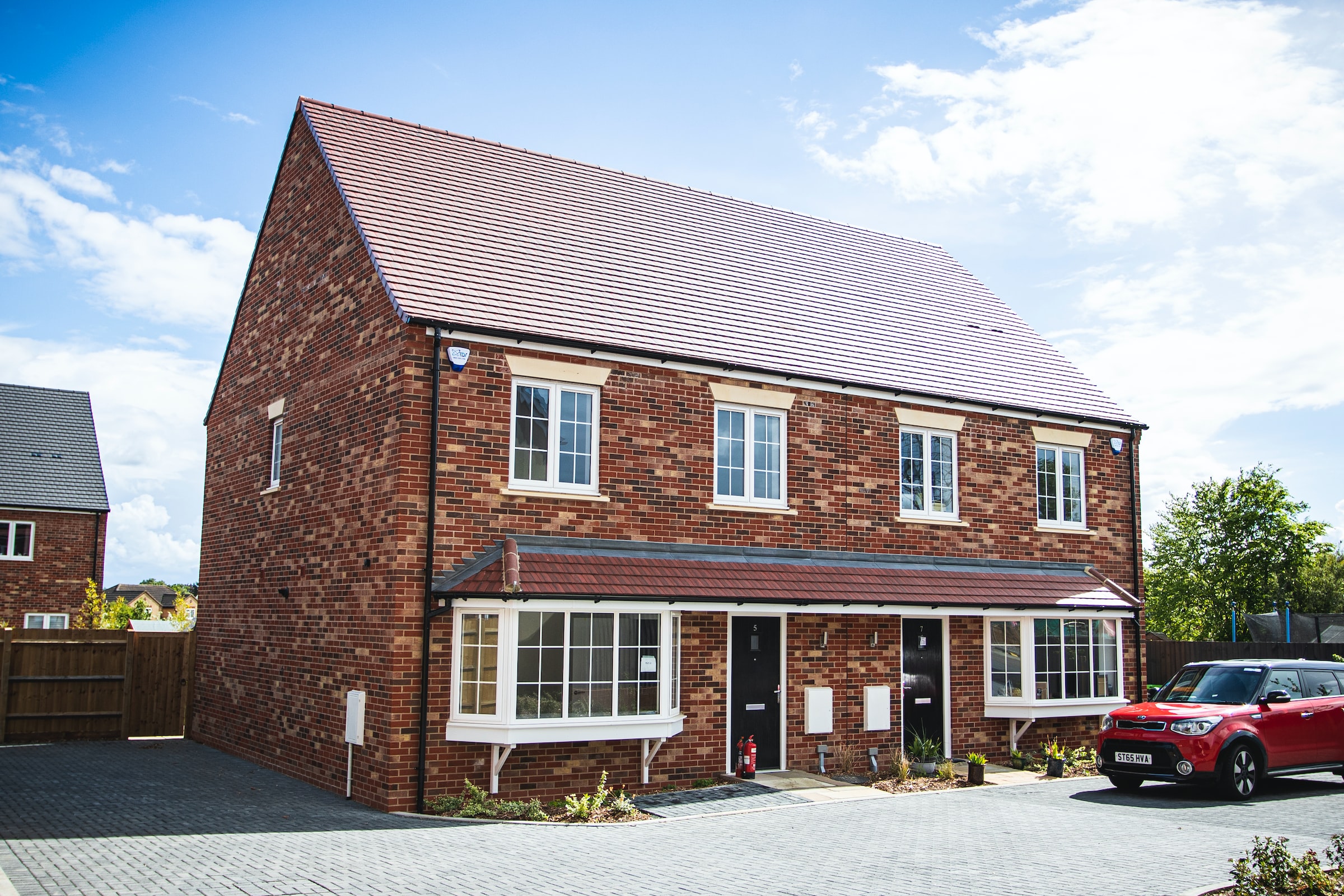Debunking Housing Myths: Enough Brownfield Land to Solve the Crisis?

A new Centre for Policy Studies (CPS) report is taking on and demolishing many of the most common myths about Britain’s housing crisis. Housing Industry Leaders looks at the findings in more detail.
The ‘The Case for Housebuilding’ report by the centre-right think tank accepts that many of the criticisms of the housing sector are completely valid, but it does take aim at a series of myths that are helping to reduce support for much-needed new homes.
These myths include that Britain does not have a housing supply problem, that an increasing supply would do little to reduce the price of housing to affordable levels because it is primarily driven by monetary factors, and that there is sufficient brownfield land so there is no need for greenfield development.
Growth In Stock Has Been Declining But Demand Is Increasing
Britain’s housing crisis has caused many problems, but it is outlined in the report that the most obvious and important one is that housebuilding has been in decline. In the 1950s, some 2.33 million homes were built in England, nearly two-thirds of them by local authorities.
The 1960s also saw a major expansion of the housing stock, with the completion of three million homes in England. Following this, in the 1970s and 1980s, housing completions fell sharply to 2.5 million and 1.8 million homes, respectively.
Housing completions during the 1990s and 2000s remained at around 1.5 million each decade, but they began to drop off even further in the 2010s. The upshot is that completions across the UK have fallen from a peak of 378,000 in 1969 to around 175,000 per year, despite a noticeable rise in population.
Though the growth in stock has been declining, the report reveals that demand has been increasing. The population rose from 41.1m in 1951 to 56.4m in 2021. This translates to a shift from a ratio of around 5.3 new homes per 1,000 people between 1951 and 1961 to around 2.6 per 1,000 between 2011 and 2021. The last decade in particular has seen a sharp increase in population and a continued fall in the housing supply.
The Cost Of Housing Is Becoming Increasingly Unaffordable
In addition to seeing fewer homes built, especially compared to our population size, there has been a steady increase in the cost of housing. Since 2000, UK house price growth has significantly outpaced the rise in average earnings, with the average house in 2021 costing more than 73 times the average weekly wage.
In 1970, the average house price was 35.8 times higher; according to Nationwide the average home in the UK at this time cost £4,741. As of 2022, that figure stands at £267,338. It is not just owning a home that has become increasingly unaffordable, there is also a huge pressure on renters.
The ONS has analysed monthly earnings and rental costs for households across England to assess affordability, classing unaffordable rent as any costing more than 30 per cent of a household’s monthly earnings.
It found that in 2020, low-income households were forced to spend more than 30 per cent of their monthly income on rent in every region except the North West and East Midlands. The worst affected areas were found to be London, South East and the East of England. Here, the poorest households had to spend over 50 per cent of their monthly income on even the cheapest available rent.
Both Brownfield And Greenfield Land Is Needed To Hit Our Housing Goals
To increase the amount of housing we build, we must find places to build houses. Housing development has always been unpopular with many of those in the communities affected. There is a desire to develop on brownfield sites, as it can help with the attractiveness of an area by removing eyesores and cleaning up contamination. The report explains that if the goal is to make housing affordable, this approach is simply unworkable.
Claims have been made to say that we have sufficient brownfield land to meet the current need and that this stock of land is self-renewing. If these claims are true, it means that we would never need to develop greenfield sites, but neither claim is backed up by evidence.
However, brownfield land is harder to develop on than greenfield land. There are three key problems, viability is often more difficult on costly brownfield due to high alternative values, brownfield sites are often more complex and involve greater risks, and the ownership is often more complex.
The report highlights that reducing the flow of greenfield land will make the ability to hit existing housing goals impossible. So rather than a return to the policy of ‘greenfield never’, the focus should on policies which improve brownfield supply. Also, it explains that politicians need to be honest about how the total supply of homes must rise, and that this will require more greenfield land. If we do not, there will be a major price to pay.

